
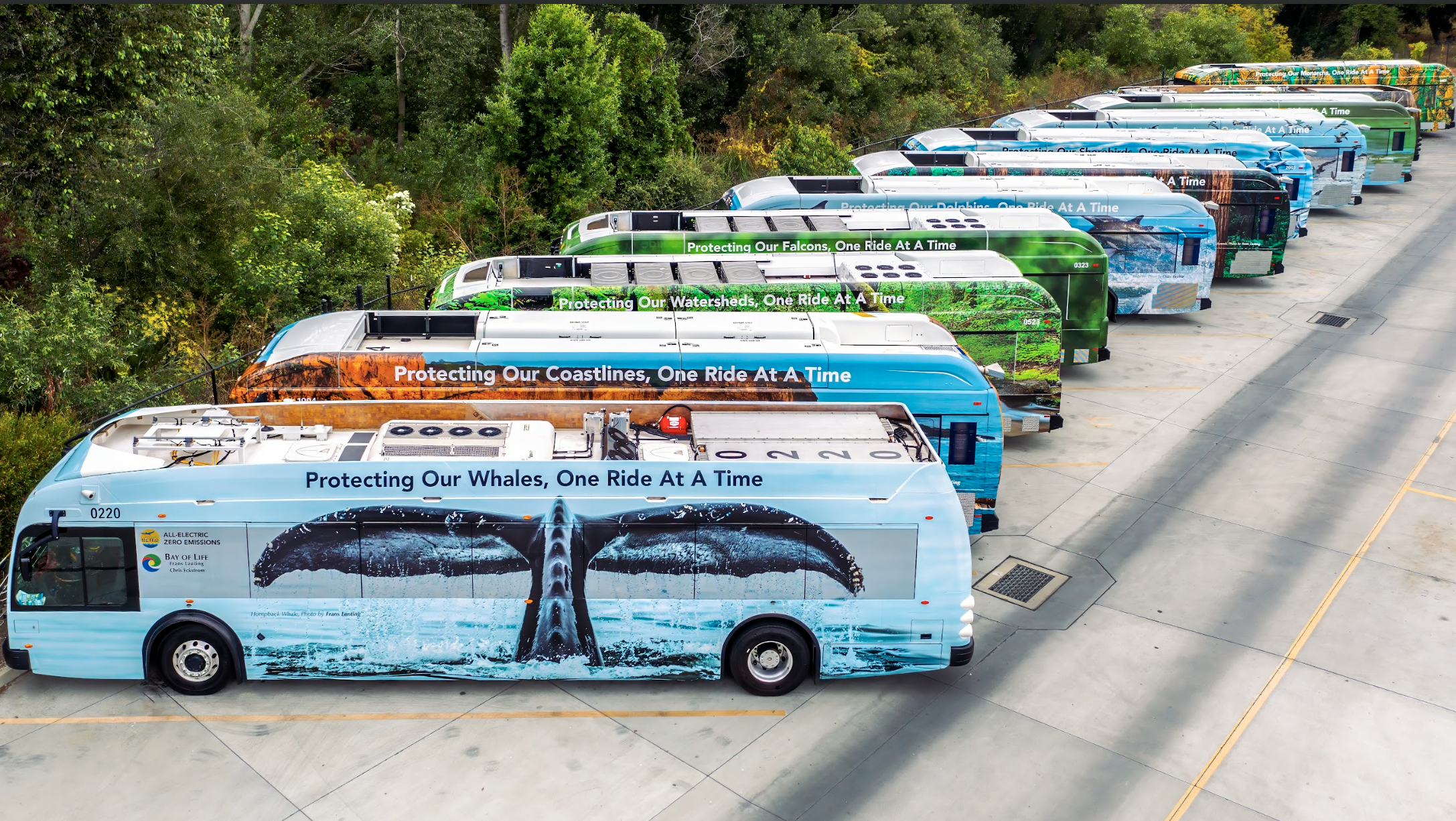
One Ride a Time Programs
When you ride the bus and track your rides on GO Santa Cruz you can select one of METRO’s local environmental non-profit partners to receive a donation. 25 logged rides equals $10 in donations. These donations help save wildlife and protect critical habitat in the Monterey Bay region. Each One Ride at a Time bus wrap is associated with a particular conservation program to help support the species or landscape featured on each of the buses.
Keep reading below to learn about all of the local Monterey Bay conservations efforts that are supported by METRO’s One Ride at a Time program and our partners.
METRO launches One Ride at a Time at Public Event
Monterey Bay Aquarium Research Institute
Monterey Bay Aquarium Research Institute’s (MBARI) advanced underwater robots are revealing the amazing animals that thrive in the depths of Monterey Bay. Local residents rarely get to see their neighbors in the deep ocean, so MBARI is shining light on the mysterious animals. Cameras on their robotic submersibles have captured stunning images and video of giant jellies, towering corals, and other denizens of the deep. Operated from a control room in the heart of one of MBARI’s research ships, a team of pilots and scientists steers the submersible as it explores the depths below. MBARI’s ROVs have completed more than 7,300 scientific dives in Monterey Bay and beyond and recorded more than 28,400 hours of video. Cameras on MBARI’s ROVs film deep-sea animals and communities in stunning 4K ultra high-definition detail. Their incredible footage brings the deep sea into view for everyone on shore, helping to inspire increased protection for all of our ocean.
Visit mbari.org to learn more about the amazing animals of the deep sea.
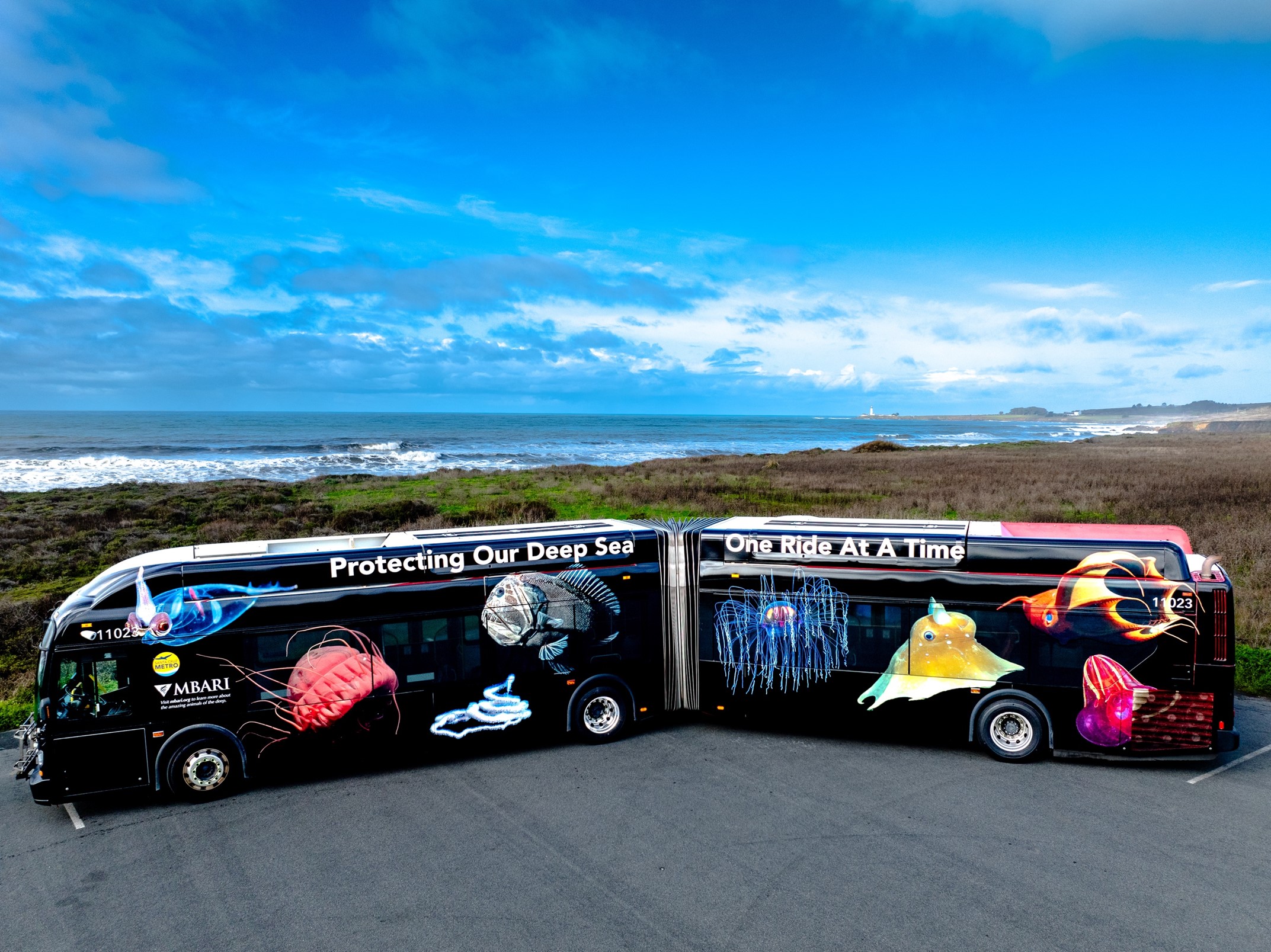
Whale Rescue Program
Donations to Monterey Bay National Marine Sanctuary Foundation will support efforts
to rescue whales entangled in fishing gear and other marine debris. The Foundation
helps train rescuers, provides equipment and access to rescue vessels, as well as
supports entanglement prevention efforts like developing fishing gear innovations and
marine debris cleanups.
The Whale Rescue Program is one of many ways the Foundation realizes its vision of a
healthy Monterey Bay National Marine Sanctuary recognized as a national treasure for
its unique and abundant biodiversity, and widespread community support.
To learn more, visit https://montereybayfoundation.org/our-work/
Humpback Whales Feeding, Photo by Frans Lanting
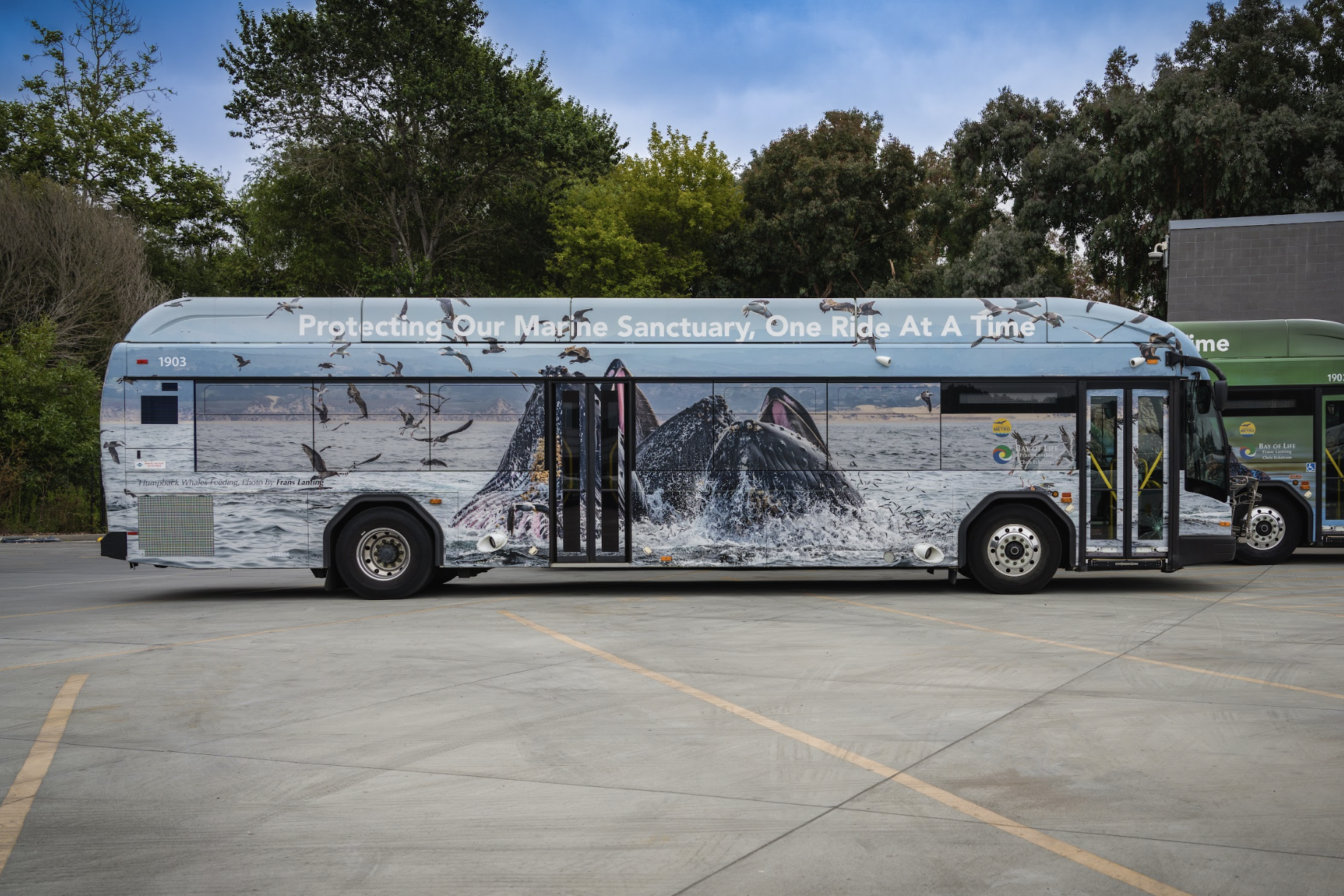
Killer Whale, Photo by Jodi Frediani
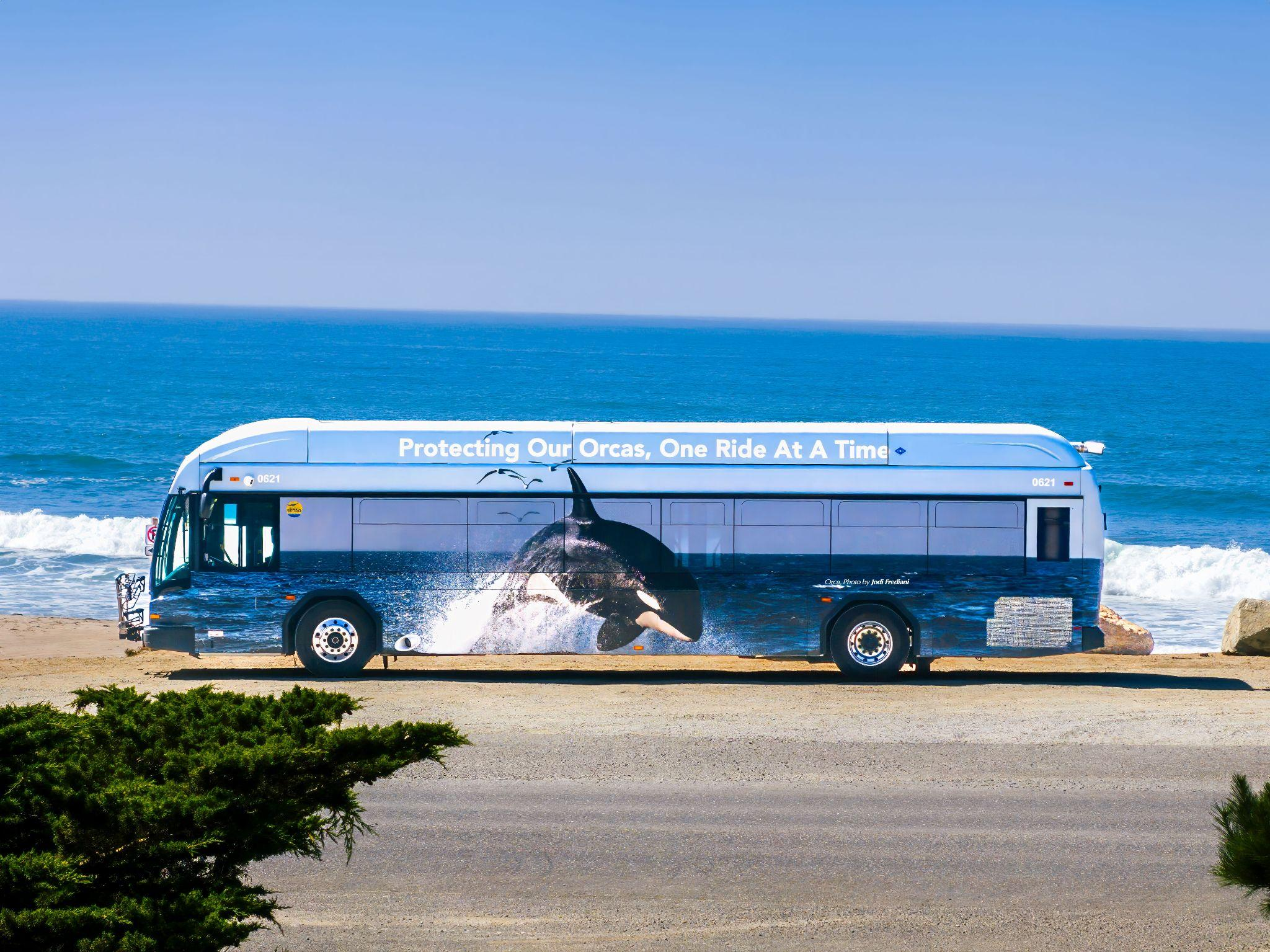
Mountain Lion Habitat Conservation
The Bay of Life Fund supports the Land Trust of Santa Cruz County with their work to
ensure a future for mountain lions by establishing habitat corridors including highway
underpasses and overpasses at critical spots where these big cats need to be able to
cross our busy roads without getting killed.
The Land Trust of Santa Cruz is dedicated to protecting, caring for, and connecting
people to the extraordinary lands and species that make the Monterey Bay region
special. To date, the Land Trust has preserved more than 14,000 acres of land in Santa
Cruz County, thus protecting water supplies, wildlife habitats and open space.
To learn more, visit https://landtrustsantacruz.org/protected-areas/highway-17-wildlife- crossing
Mountain Lion, Photo by Frans Lanting
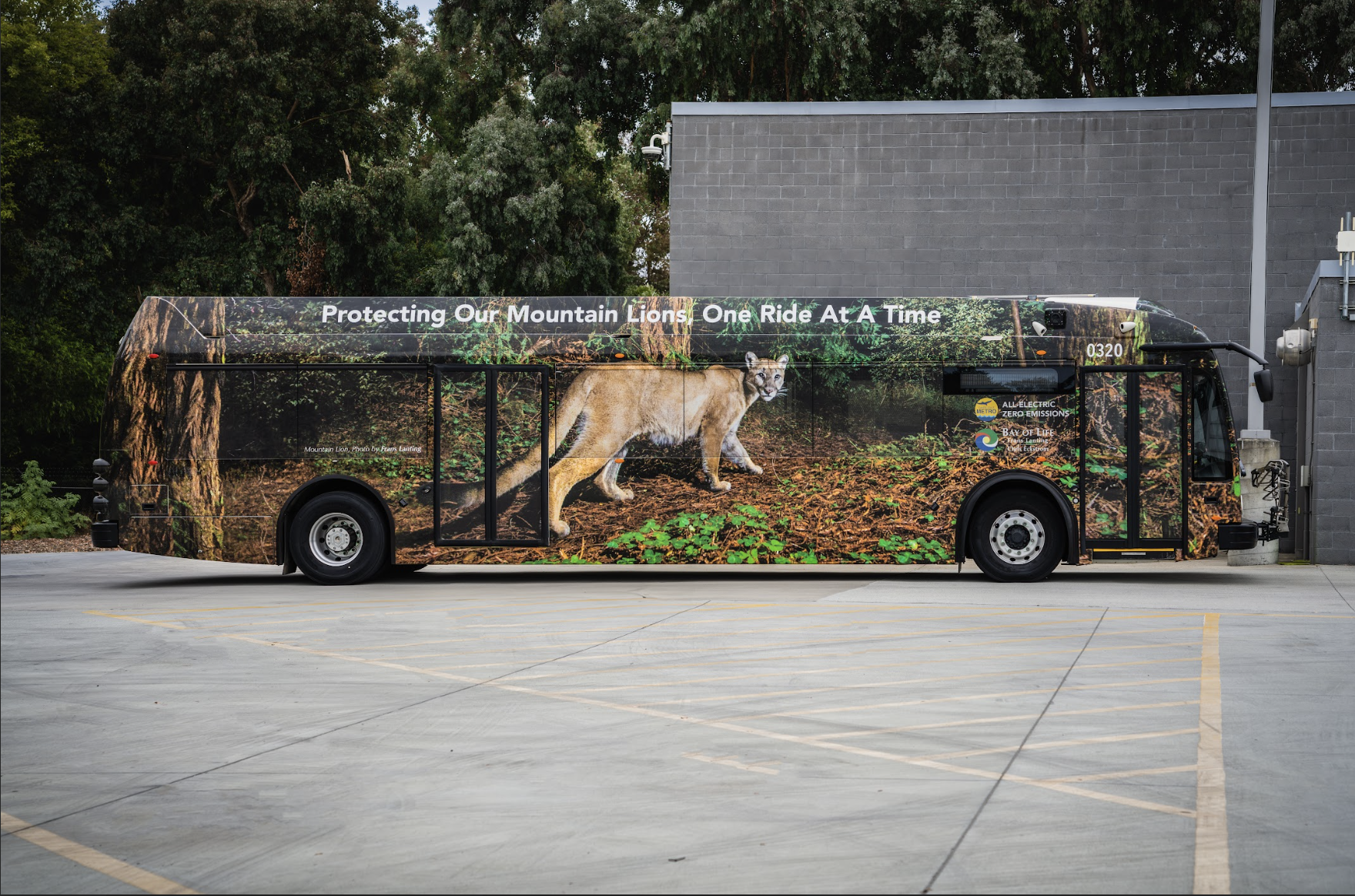
Sea Otter Protection
Donations to Monterey Bay National Marine Sanctuary Foundation will support efforts
to protect marine life, including endangered sea otters. The Foundation helps to fund
trained volunteer naturalists to educate humans about getting too close to sensitive
wildlife, works to protect coastal habitats, and removes marine debris from the ocean.
Marine mammal protection is one of many ways the Foundation realizes its vision of a
healthy Monterey Bay National Marine Sanctuary recognized as a national treasure for
its unique and abundant biodiversity, and widespread community support.
To learn more, visit https://montereybay.noaa.gov/educate/to/welcome.html
Sea Otters, Photo by Frans Lanting
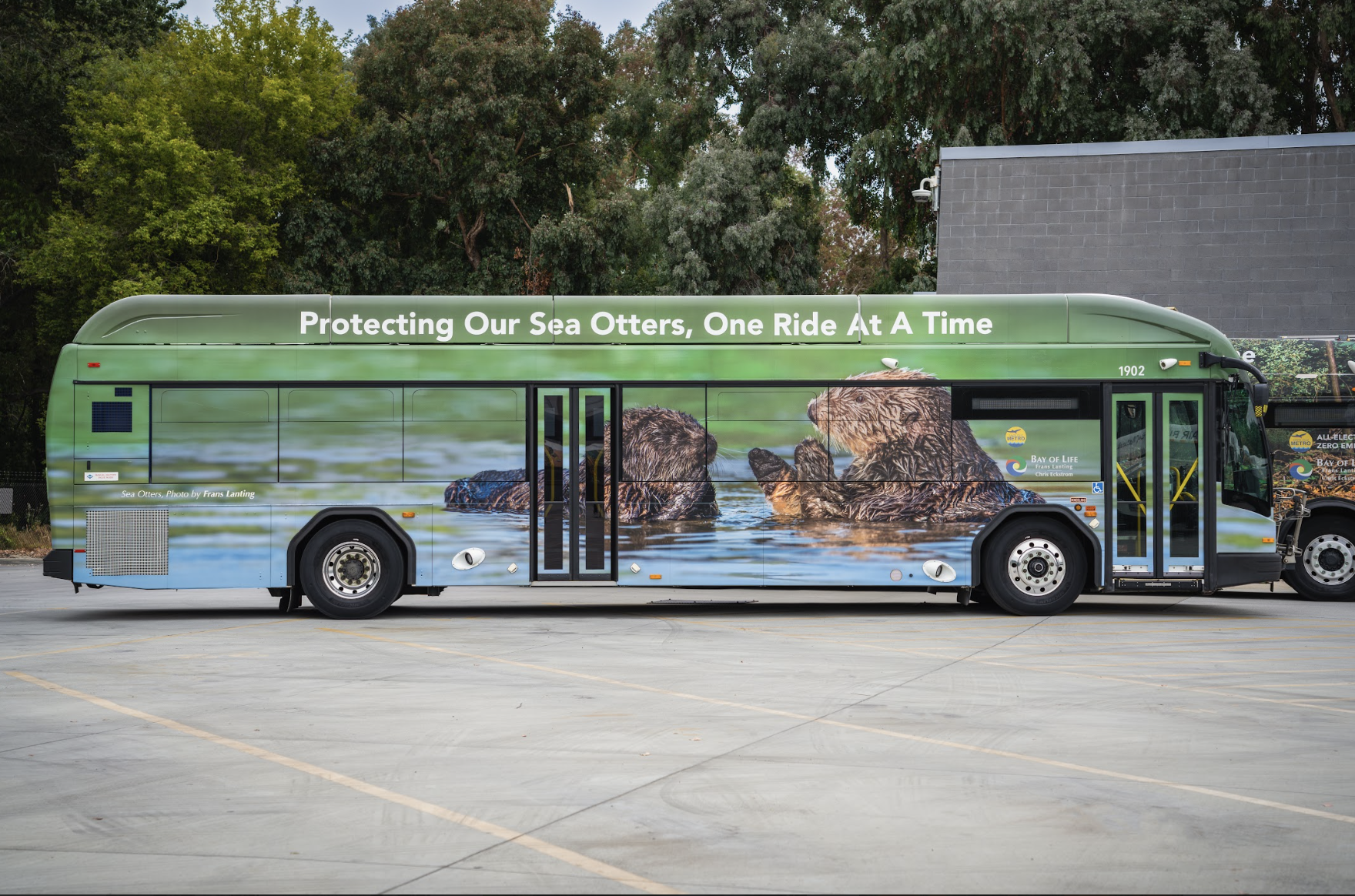
Redwood Preservation
The Bay of Life Fund supports the work of the Sempervirens Fund, whose efforts
safeguard redwood forests in the Santa Cruz Mountains, ensuring they will never be
developed, degraded, or destroyed.
Sempervirens Fund, California’s first land trust, has protected more than 56 square
miles of redwood-forested land in the Santa Cruz mountains and helped establish three
state and two regional parks since it was established in 1900. Today, it owns and cares
for 11,000 acres of critical redwood habitat.
To learn more, visit https://sempervirens.org/protect/santa-cruz-mountains/
Redwood Forest, Photo by Frans Lanting
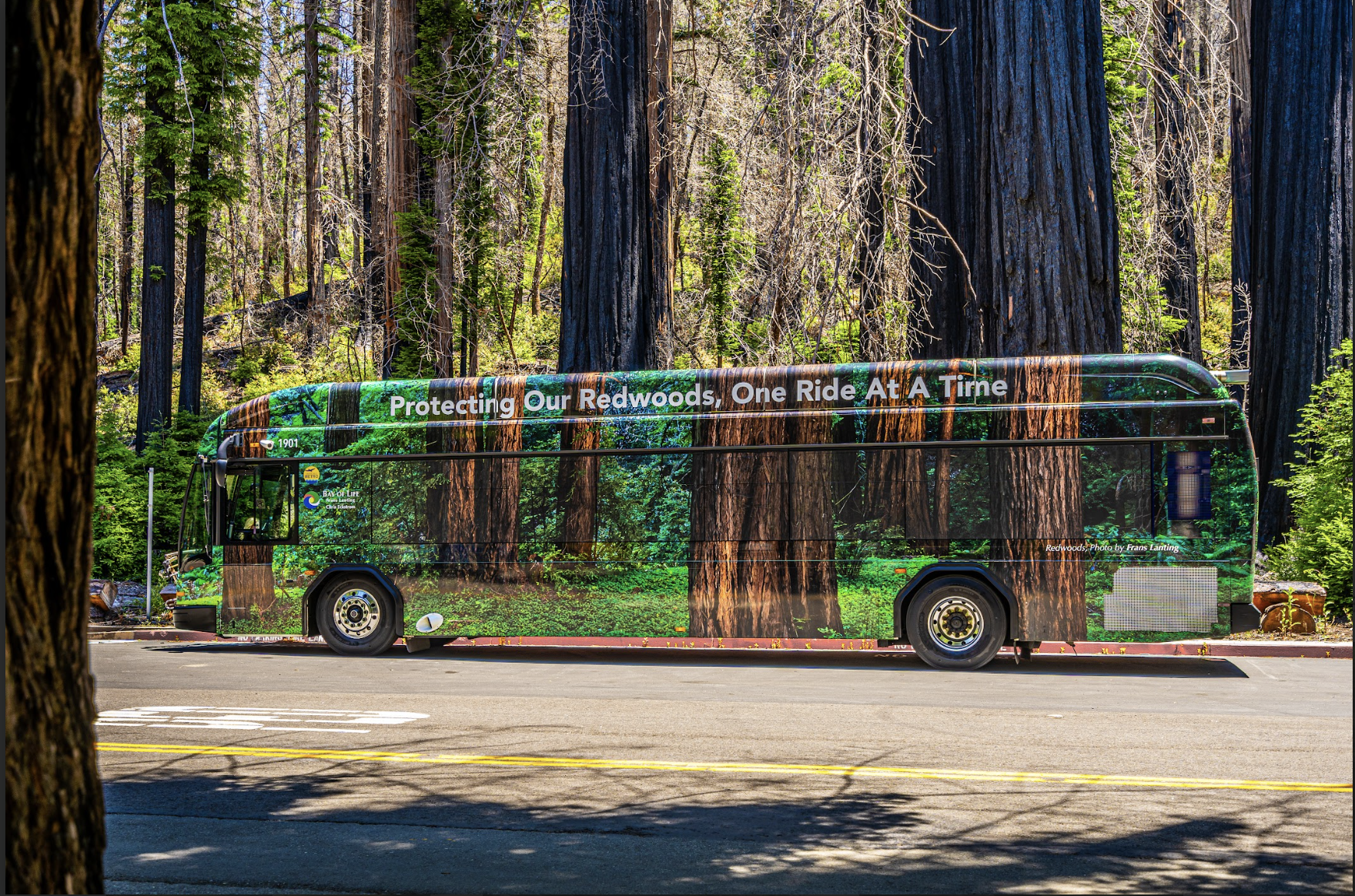
Team OCEAN (Ocean Conservation Education Action Network)
Donations to the Monterey Bay National Marine Sanctuary Foundation sponsor Team
OCEAN, a dedicated group of trained naturalists who position themselves at harbor
seal pupping beaches, kindly reminding visitors to maintain a safe distance from harbor
seal mothers and their adorable pups.
To learn more, visit https://montereybay.noaa.gov/educate/to/
Harbor Seals, Photo by Frans Lanting
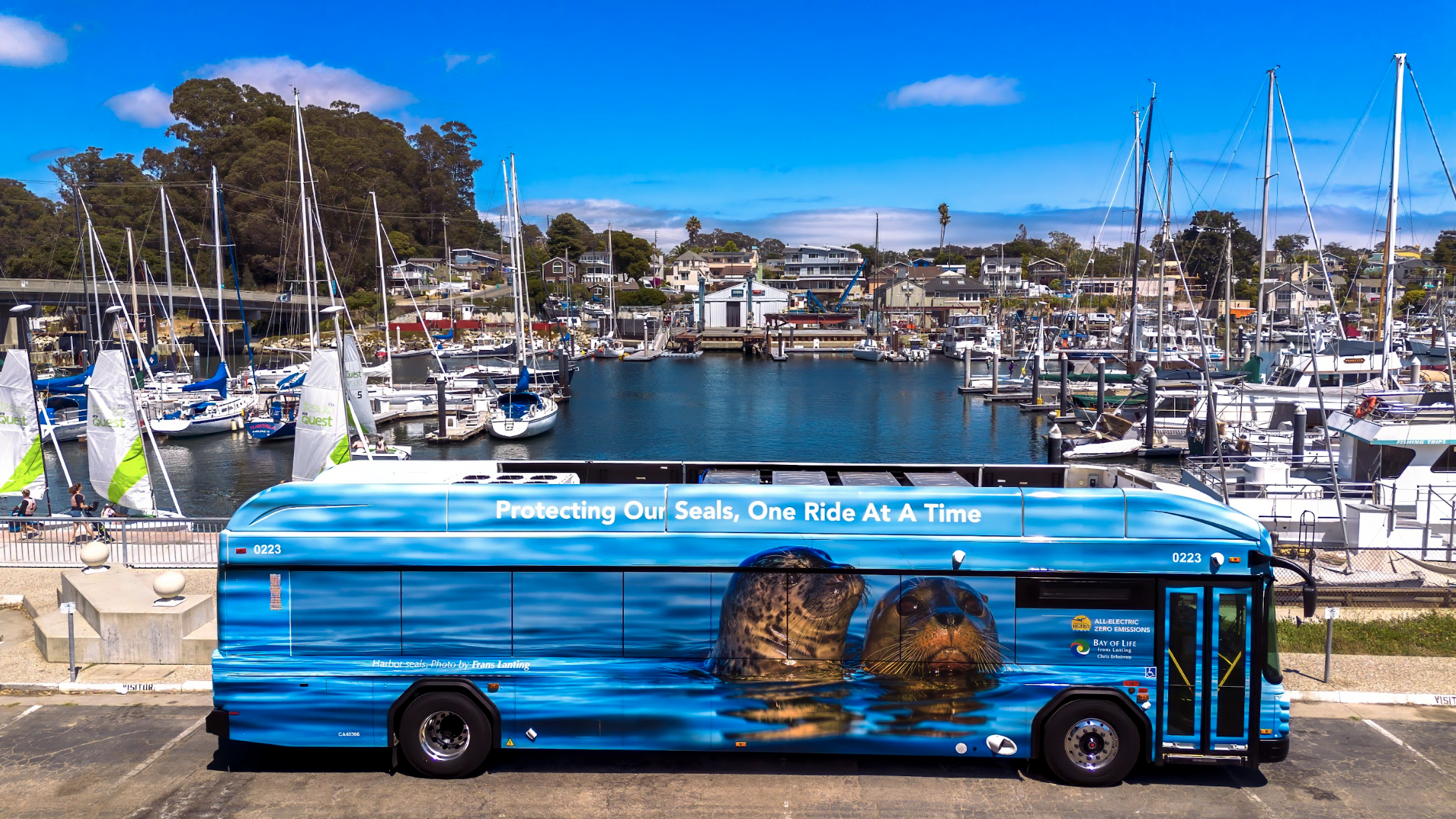
Predatory Bird Research Group
Donations to the Bay of Life Fund support the incredible work of the Predatory Bird
Research Group. Their work has helped bring Peregrine Falcons back from endangered
status, and they continue to monitor Peregrine Falcon populations as well as work with
many other important predatory bird species. Their successful outreach and education
programs inspire hope for all environmentalists.
To learn more, visit https://pbrg.pbsci.ucsc.edu/
Peregrine Falcon, Photo by Frans Lanting
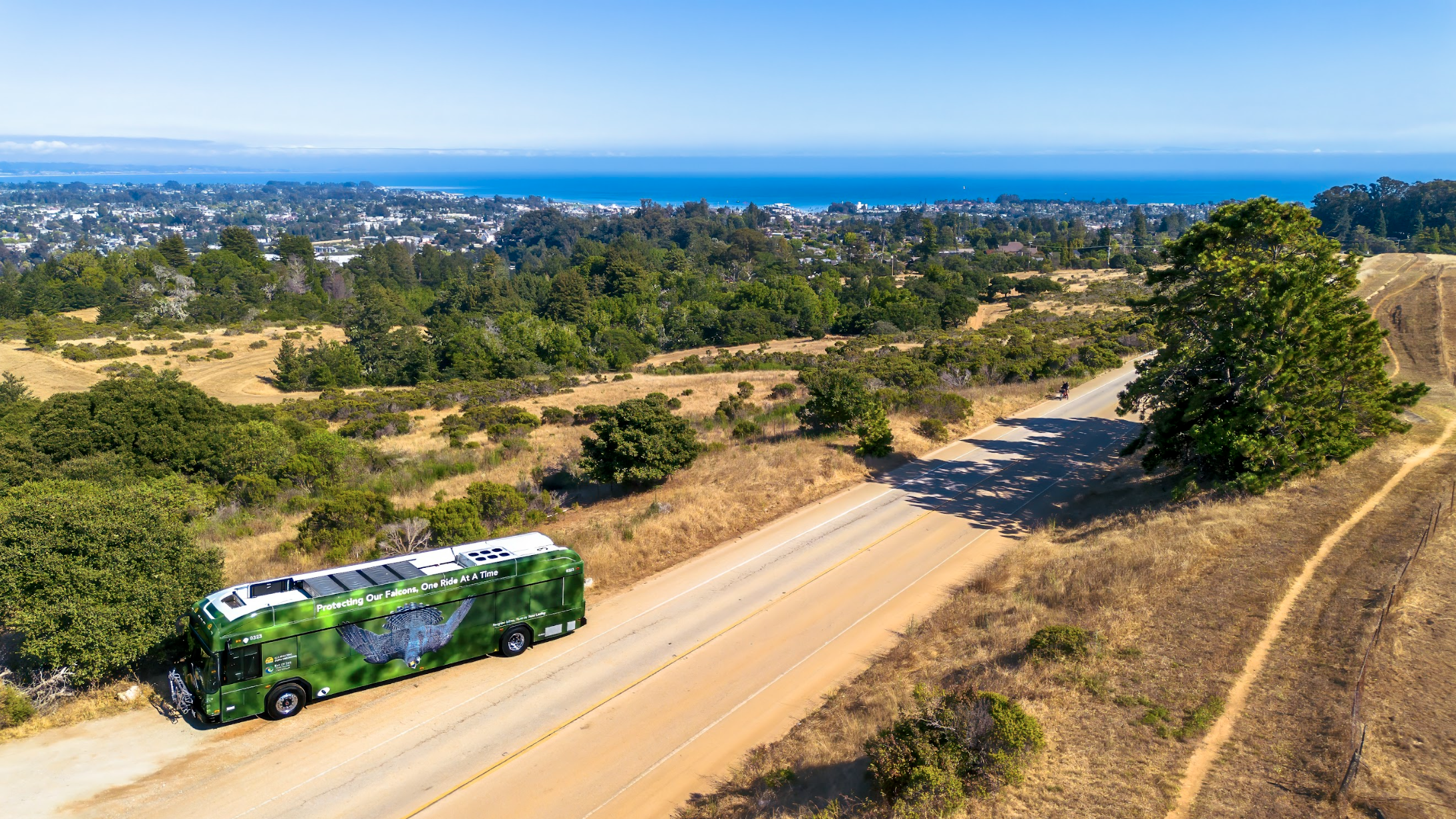
Santa Cruz Museum of Natural History
Donations to the Bay of Life Fund support the Santa Cruz Museum of Natural History, a
nonprofit organization dedicated to connecting people with nature and science to
foster stewardship of the natural world. Established in 1904, it is the first museum in
Santa Cruz and houses the founding collection of Laura Hecox, a lighthouse keeper
and naturalist. The museum offers hands-on exhibits for children, families, and adults
interested in the natural history of the scenic California coast. Its core goals include
building a community focused on environmental stewardship, providing dynamic
learning and exploration opportunities, offering interactive education for all ages,
celebrating species, people, and cultures, promoting global environmental awareness
and local action, and collaborating with others to bring about positive change. The
museum upholds ethics, integrity, and mutual respect in all its endeavors.
To learn more, visit https://www.santacruzmuseum.org/monarch-butterfly/.
Monarch Butterflies, Photo by Frans Lanting
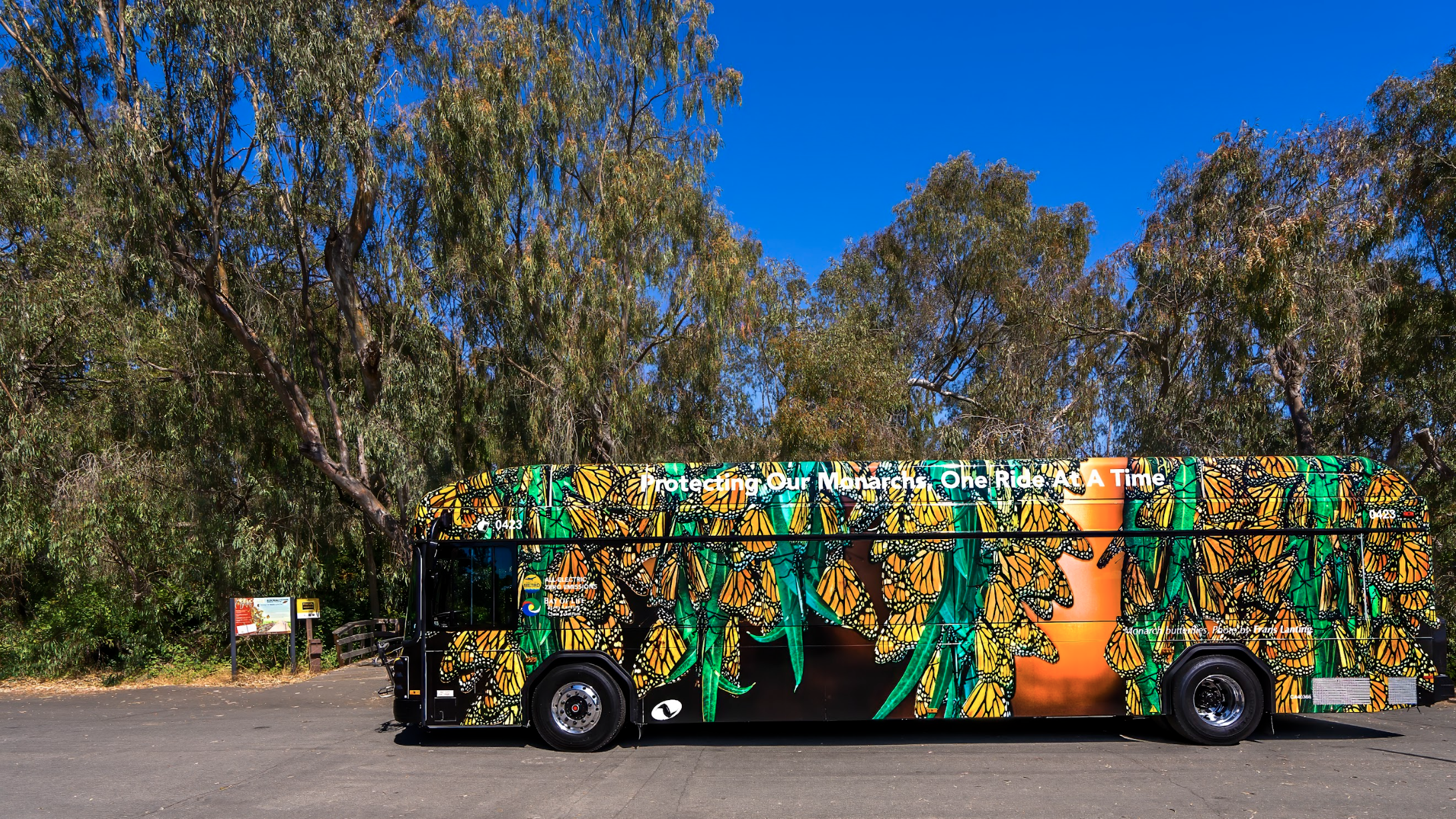
Save Our Shores
The Bay of Life Fund donates to Save Our Shores, a nonprofit that ensures ocean
conservation throughout the community. Their programs and projects are designed to
support the foundations of a thriving Monterey Bay: clean shores, healthy habitats, and
living waters. They host beach cleanups, offer education and empower the local
community to take ownership of the vision for a healthy, vibrant Monterey Bay.
To learn more, visit https://saveourshores.org/
Davenport Bluffs, Photo by Frans Lanting
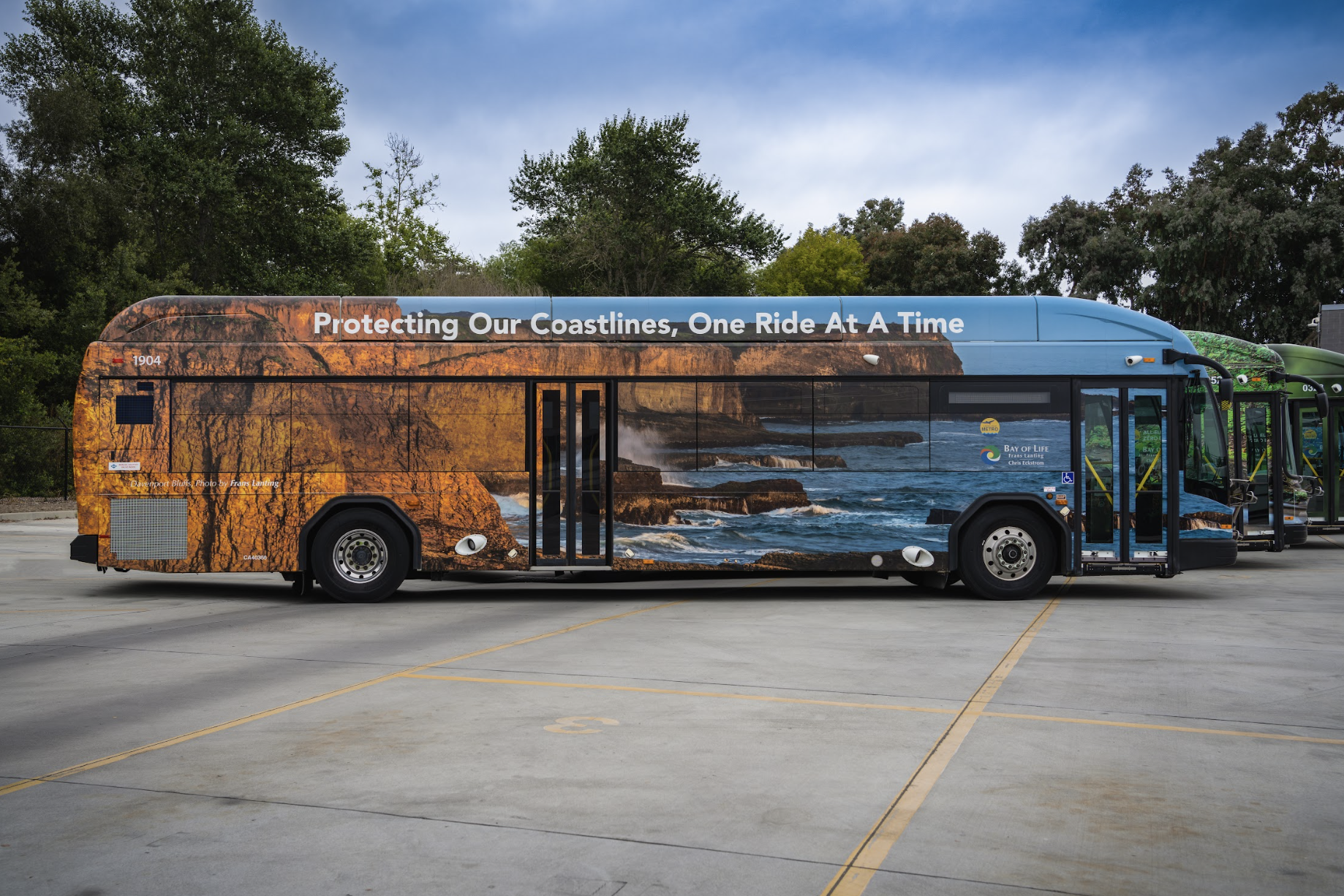
Elkhorn Slough Foundation
Donations to the Bay of Life Fund protect the Elkhorn Slough, a picturesque and
biologically diverse estuary located in Monterey Bay, California. It is home to a
remarkable variety of birds, plants, marine mammals, and fish. With over 340 identified
bird species, it has been recognized as a Globally Important Bird Area. The slough also
supports a large population of Southern sea otters, harbor seals, and California sea
lions. This vibrant ecosystem encompasses wetlands, marshes, oak woodlands, and
maritime chaparral. Aside from its beauty, the wetlands serve as natural filters, purifying
water before it reaches streams and oceans, and they play a crucial role in carbon
sequestration. However, unsustainable practices and environmental stressors threaten
the slough’s health and habitats. The Elkhorn Slough National Estuarine Research
Reserve and Elkhorn Slough Foundation, in collaboration with partners like the
California Department of Fish and Wildlife and the National Oceanic and Atmospheric
Administration, work to conserve and restore this unique environment.
To learn more, visit https://elkhornslough.org/
Sanderlings, Photo by Frans Lanting
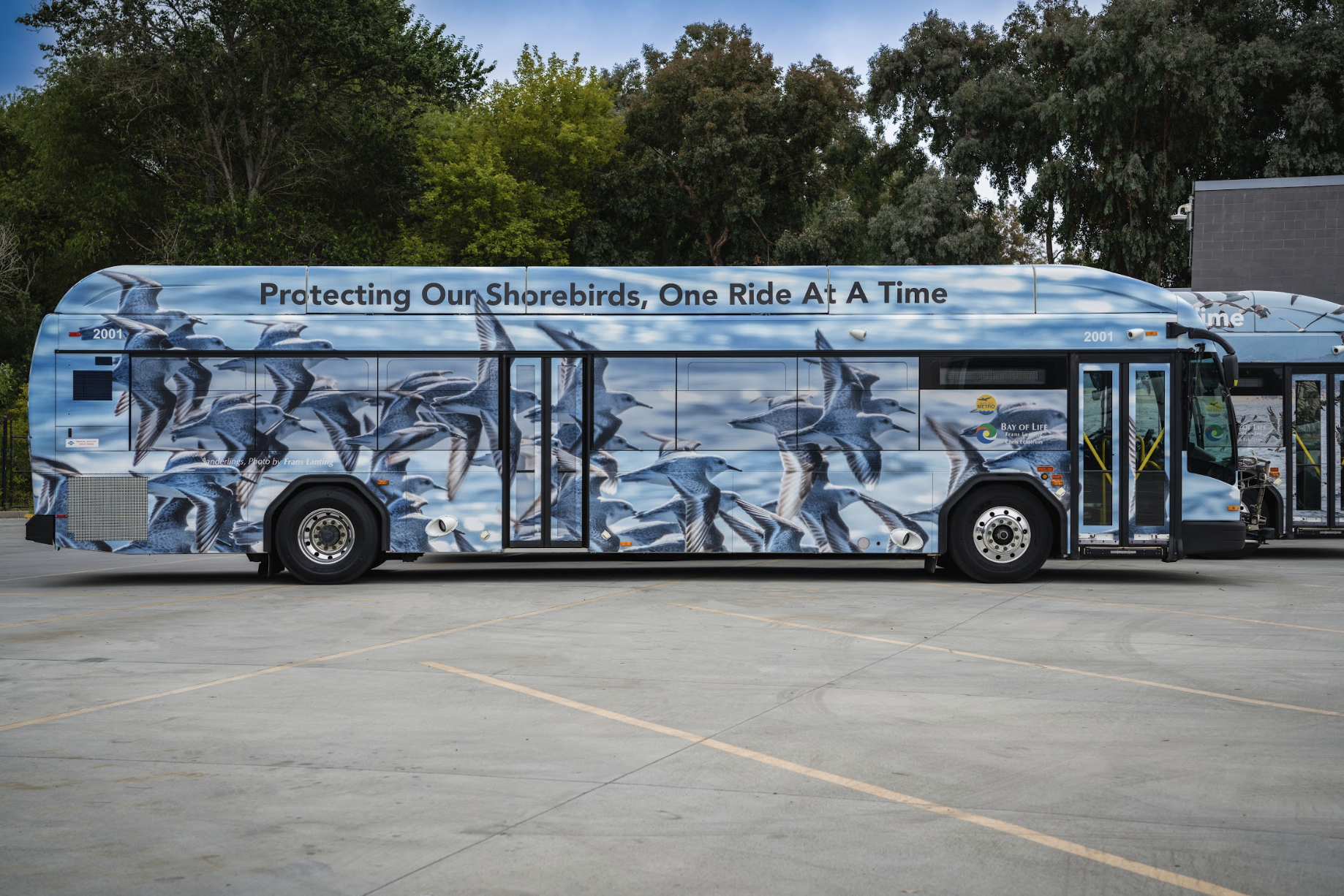
Dolphin Protection
Monterey Bay National Marine Sanctuary (MBNMS) is a federally protected marine area
off California’s central coast, designated in 1992. It spans 276 miles of shoreline and
covers 6,094 square statute miles of ocean, extending up to 30 miles from shore.
MBNMS is one of the largest national marine sanctuaries in the United States, even
larger than Yellowstone National Park. It boasts diverse habitats including kelp forests,
underwater canyons, rocky shores, sandy beaches, and estuaries, supporting a wide
array of marine life. With over 36 species of marine mammals, 180 species of seabirds
and shorebirds, 525 species of fishes, and abundant invertebrates and algae, it is often
called the “Serengeti of the Sea.” MBNMS serves as a sanctuary for resource
protection, research, education, and public use, allowing activities like fishing, diving,
kayaking, boating, and surfing while prohibiting harmful actions such as oil drilling,
ocean dumping, and seabed mining.
To learn more, visit https://montereybay.noaa.gov/visitor/whalewatching/whales.html
Dolphins, Photo by Chase Dekker
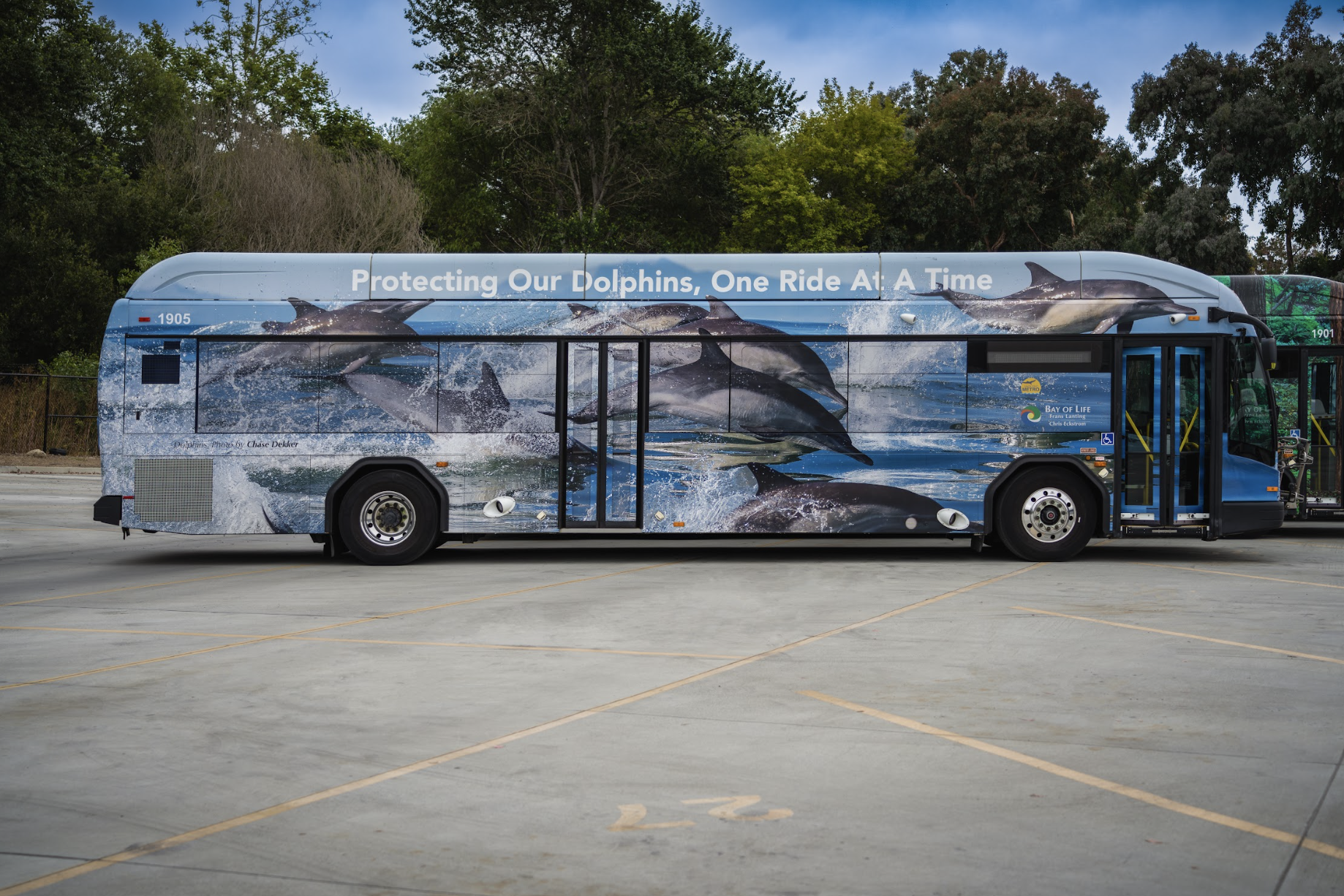
Watsonville Wetlands Watch
Donations to the Bay of Life Fund support Watsonville Wetlands Watch
in the preservation of the Pajaro Valley wetlands. Through active conservation
projects as well as educational efforts, like the Wetlands Stewards Program,
WWW partners with local schools to give hands-on education to the next
generation of environmental protectors.
To learn more, visit https://www.watsonvillewetlandswatch.org/
Creek in Forest, Photo by Frans Lanting
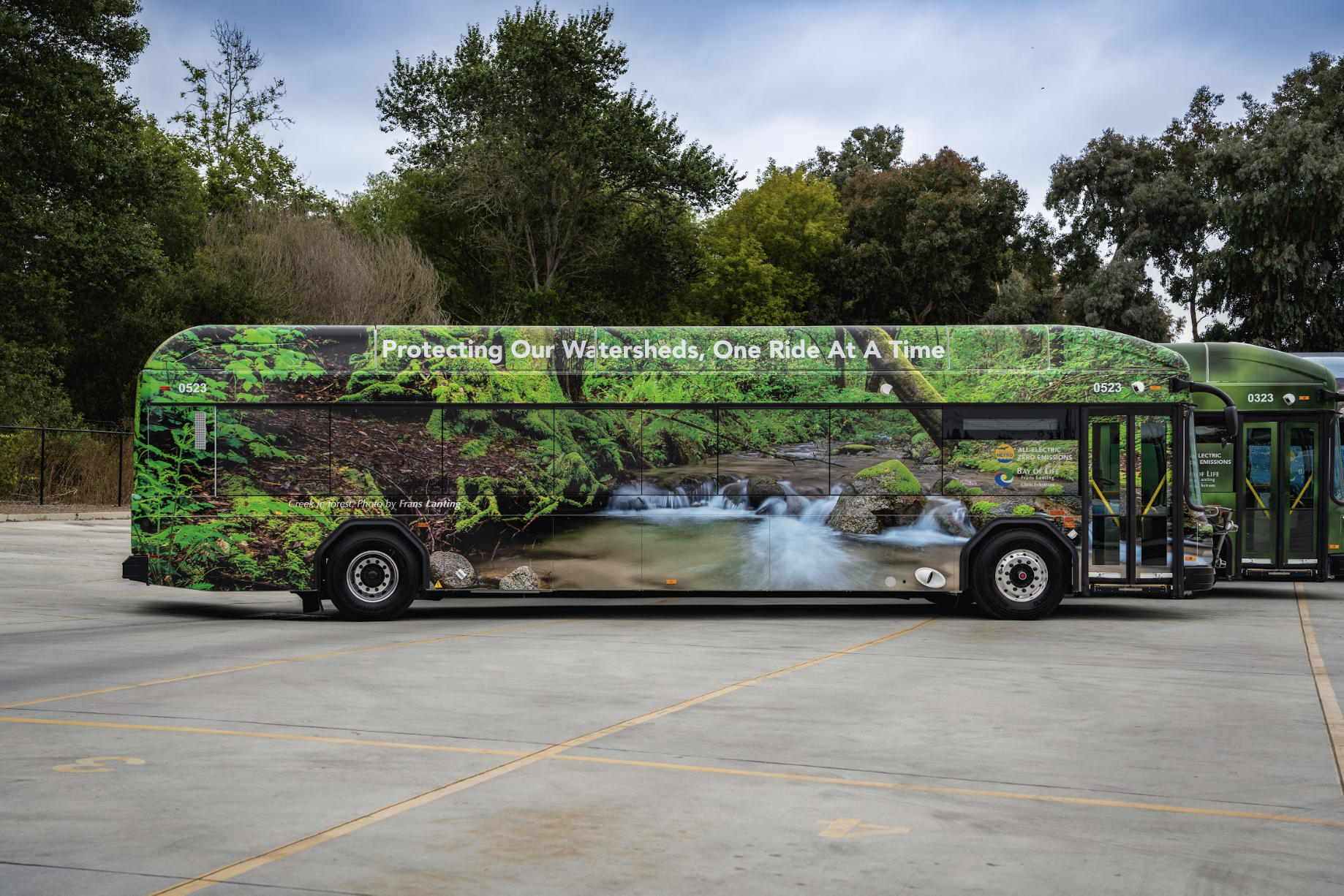
UCSC Arboretum & Botanic Garden
Donations to the Bay of Life Fund support the UC Santa Cruz Arboretum & Botanic
Garden in its mission to connect people with plants. It is a 135-acre living museum that
houses a wide variety of rare and unique plant species. The Arboretum has a dedicated
staff and volunteers who are passionate about conservation research. They aim to
inspire botanical stewardship in students, the local community, and the world. The
garden’s collection includes over 300 plant families from Mediterranean climates, with
a focus on rare and threatened plants of scientific interest. Many of these plants cannot
be found in other American botanical gardens or arboreta, making the Arboretum a
unique and valuable resource for study.
To learn more, visit https://arboretum.ucsc.edu/
California Poppies, Photo by Frans Lanting
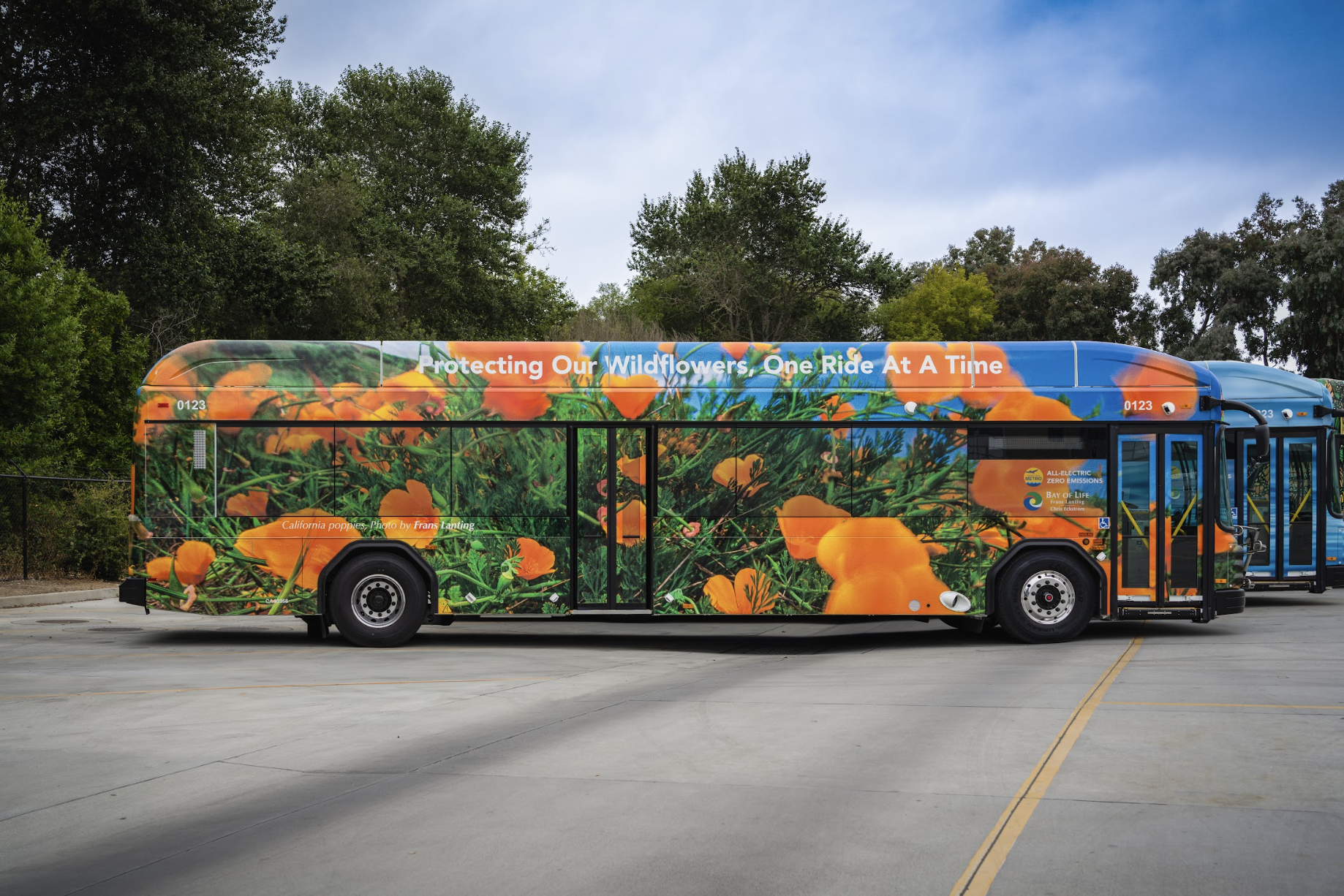

 Español
Español  English (UK)
English (UK) 





